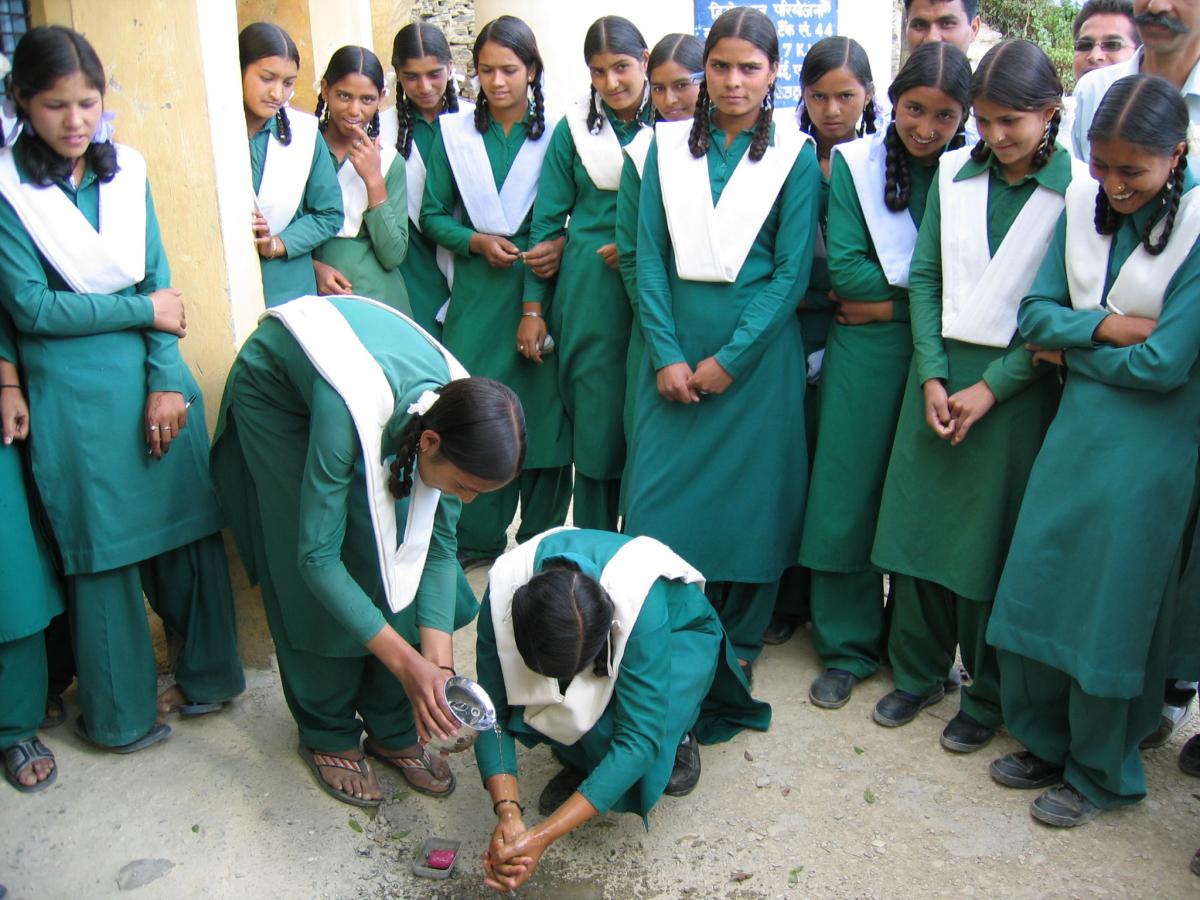Recommendations for national, state and district level government.
Published on: 31/08/2022

Uttaranchal, India, 2006. Photo credit: IRC/Carmen da Silva Wells
To understand the gaps and to highlight the need to invest in the promotion and practice of hand hygiene in India, UNICEF India commissioned IRC with support from the Centre for Budget and Governance Accountability (CGBA) and the Centre for Youth and Social Development (CYSD) to assess the existing commitments at national and state government level, and their implementation at the district level. Odisha was chosen for the state and district (Ganjam and Mayurbhanj) level assessments.
The results of the assessments and recommendations for hand hygiene programming at national, state and district level hand hygiene programming are published in a series of four policy briefs, The recommendations are presented from a systems perspective focussing on five building blocks: policy and legislation, finance, institutions, monitoring and infrastructure.
The policy brief on the national level assessment examines nine specific schemes from five ministries representing the water, health, education, women and child development, and local government sectors. Similarly the brief on Odisha examines multi-sectoral schemes from four state government departments. Both briefs provide specific key recommendations for each individual ministry and Odisha state government department, respectively.
The briefing note for the Ganjam and Mayurbhanj districts presents key findings on hand hygiene infrastructure and district-level institutions, challenges for hand hygiene promotion, and key systems recommendations.
The last of the four briefing notes synthesises the results in the form of generic recommendations for hand hygiene programming at national, state and district level.